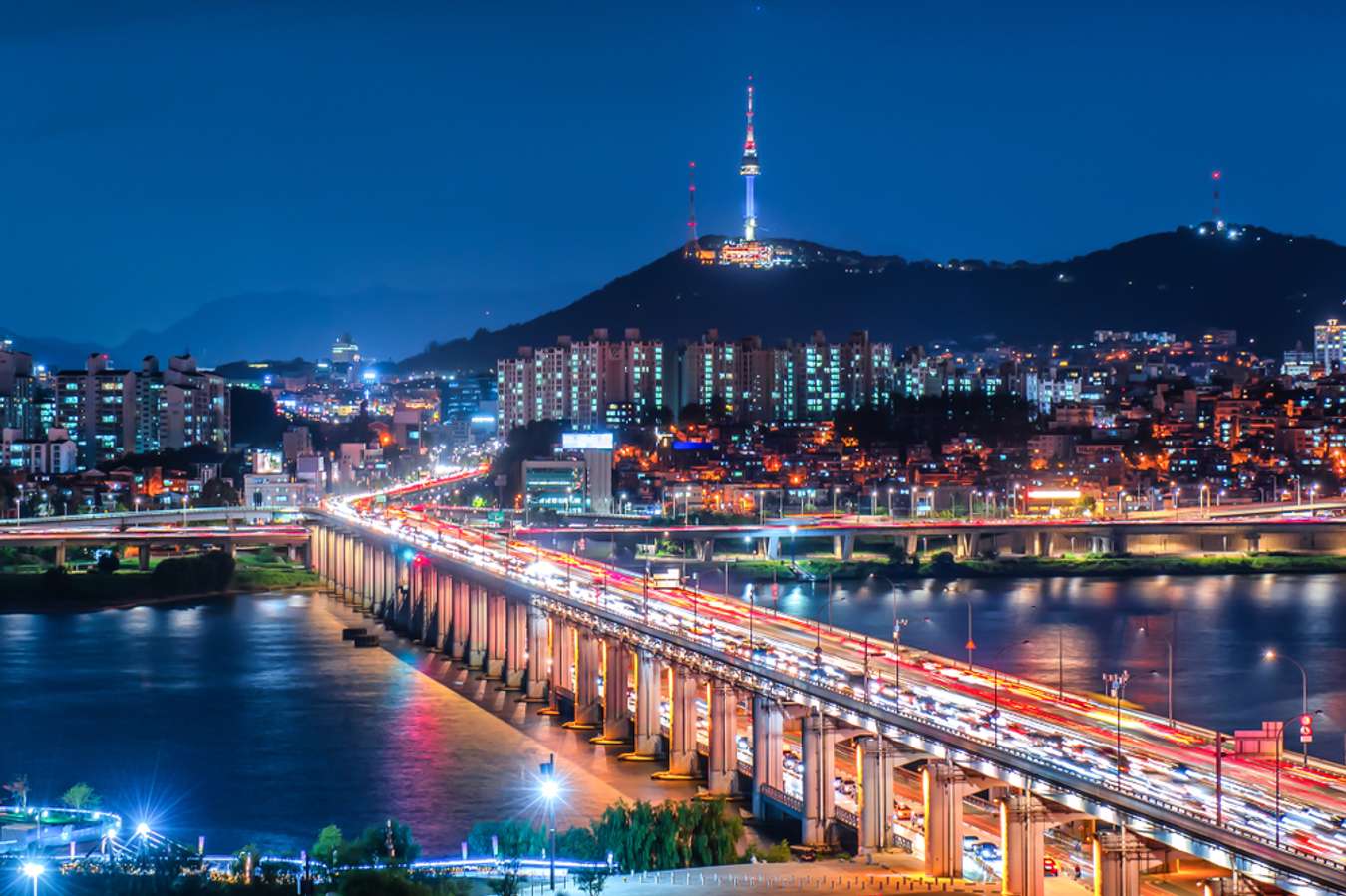Globetrotter
14 May 2023 - 4 min read
Getting Around Seoul, South Korea
More than 10 million people live in Seoul, making it one of the world’s largest and busiest cities. Because of this, getting around Seoul can be a daunting task. That’s why it’s crucial to be familiar with the city’s public transit options, given its status as South Korea’s capital.
There are subway trains (Seoul Metro), buses, taxis, and bicycles for getting around Seoul. Additionally, strolling around on foot is a great way to soak up the local atmosphere.
Transportation Recommendations in Seoul

Source: Shutterstock @sayan+uranan
Seoul, a bustling and vibrant city, offers numerous historical sites to explore and ample opportunities to immerse oneself in Korean culture within a modern urban setting. Fortunately, Seoul offers various modes of transportation to help visitors navigate the city with ease. From the efficient subway system to the iconic yellow taxis, visitors have plenty of options to choose from.
1. Seoul Metro

Source: Shutterstock
2. Bus
Source: Unsplash
Also read: Itinerary & Budget: 14D 13N in South Korea
3. Taxi
Source: Unsplash
4. Bicycle
Source: Unsplash
Plan your trip to Seoul by booking your flight tickets and hotel rooms only on Traveloka!


 Facebook
Facebook Instagram
Instagram Youtube
Youtube
